When you’re going on vacation you’re going to want to take a camera too, and the one in your smartphone probably won’t cut it because it doesn’t have a decent zoom.
In fact zooming is the key, because you won’t know what you want to shoot until you get there and quite often the things you want to photograph will be off in the distance. Now is not the time to find out your zoom isn’t powerful enough.
- Check out our guide to the best compact cameras
This is why the ‘travel camera’ genre is so popular. These are compact cameras barely larger than a regular point-and-shoot model, but with massive 20x or 30x zoom lenses. You get the portability of a regular camera, but with much more scope for shooting different kinds of subjects.
You’re not going to get the same kind of quality you’d get from a DSLR or a mirrorless camera because the only way to make cameras with big zooms small enough to go in a pocket is to use a smaller sensor. But the picture quality is still pretty good, and perfect for sharing with friends and family.
If you’re not sure this is the kind of camera you need, check our step by step guide: What camera should I buy?
Otherwise, keep reading, because here’s our list of the top compact travel cameras you can buy right now.
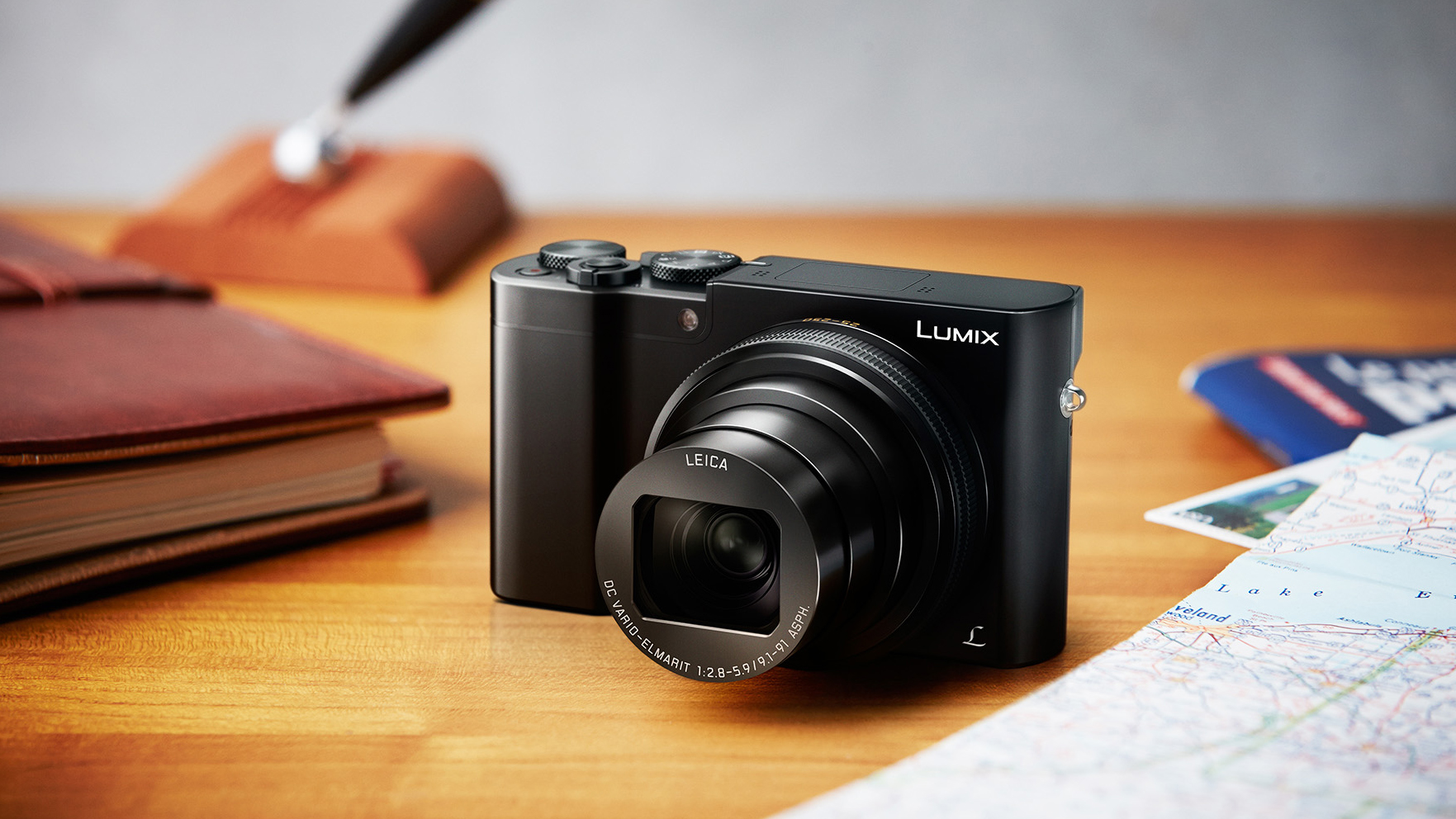
With the rise of high-end compacts stealing the thunder from compact travel zooms, Panasonic needs to do more to attract buyers. Its response has been to keep the camera body about the same size as earlier ZS/TZ-series cameras but to squeeze a much larger sensor into the ZS100 (TZ100 outside the US). This enables the pixels to be about 2.4x bigger than they are in models like the ZS50 / TZ70 and this helps the ZS100 produce much higher quality images. The zoom lens isn’t quite so extensive though, but you still get an electronic viewfinder that makes it easier to compose images in bright sunny conditions and in addition to 4K video recording, there’s Panasonic’s 4K Photo mode to help capture 8MP images of fleeting moments. It all adds up to be a powerful, if pricey option.
Read the full review: Panasonic Lumix ZS100 / TZ100
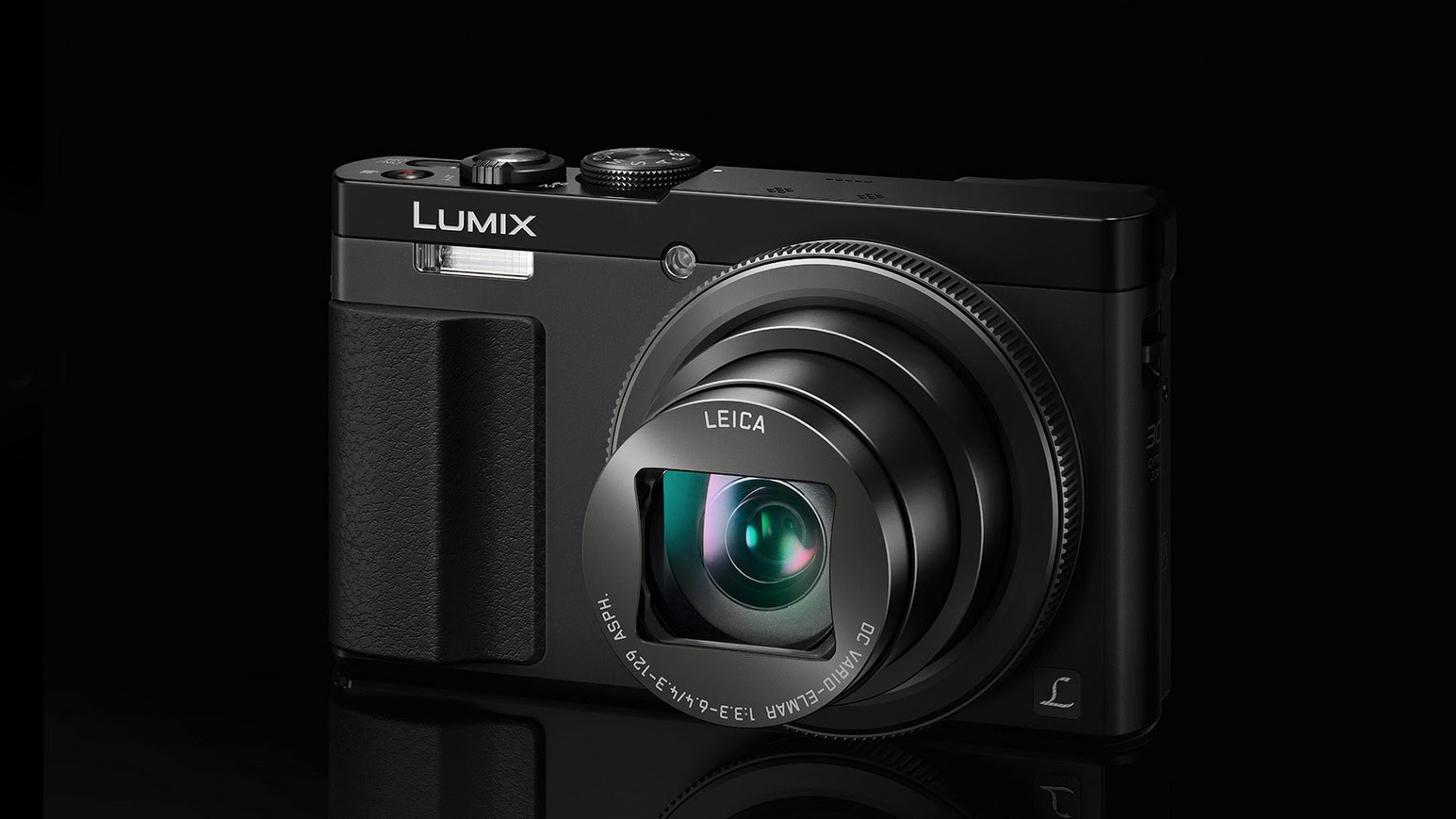
Panasonic’s ZS/TZ-series cameras kicked off the whole big-zoom travel camera genre, and they still lead the field. The ZS50 (TZ70 outside the US) might not be the newest model, but with a big 30x zoom, auto and manual controls and the ability to shoot raw files – a big bonus for keen photographers who want the best quality from a small camera, there’s little to fault for the price. The ZS50 even squeezes in an electronic viewfinder. It’s the Swiss Army Knife of travel cameras, combining convenience, quality and control. There are lots of imitators, but this is the original.
Read the full review: Panasonic Lumix ZS50 / TZ70
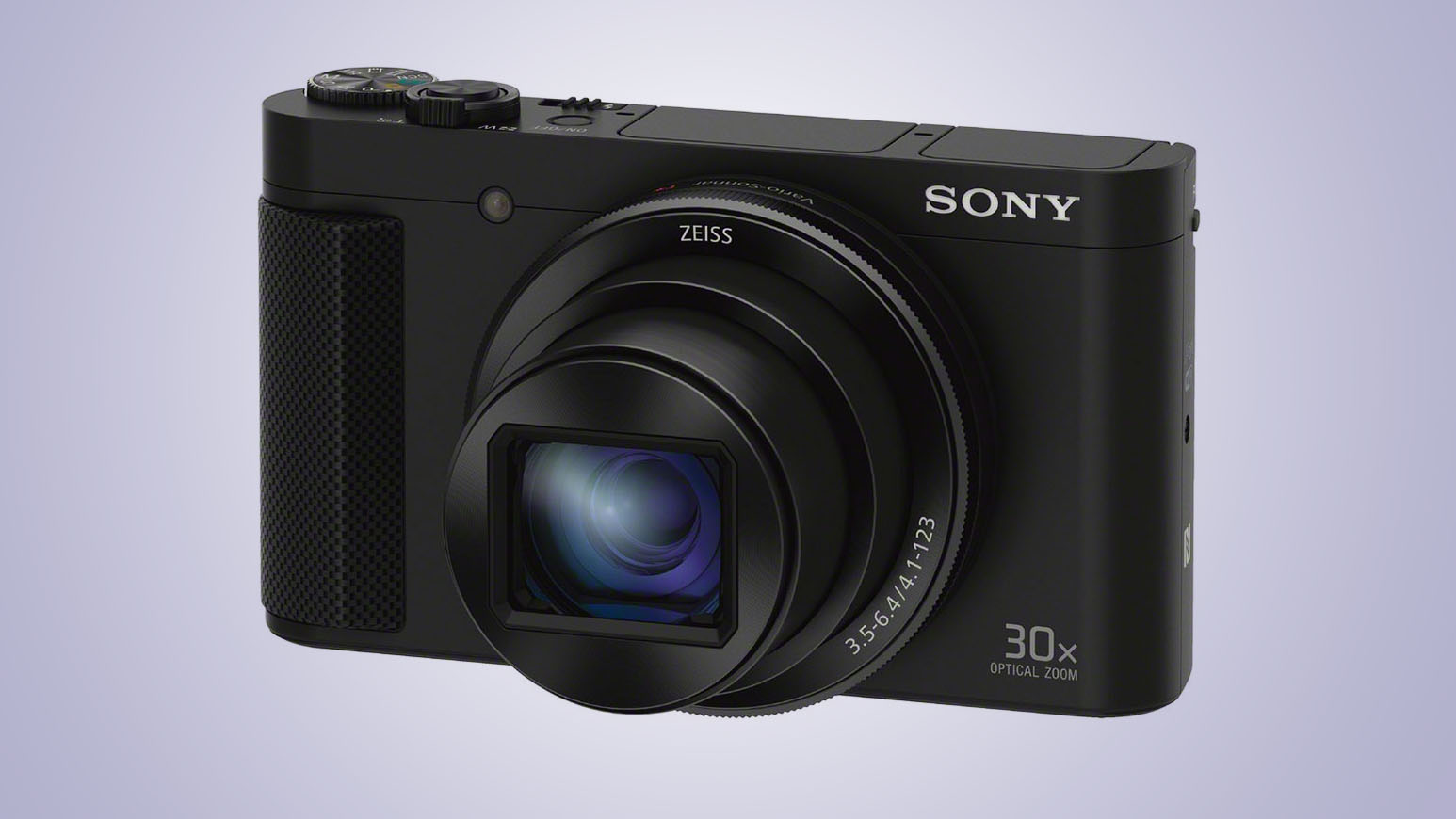
The HX90V shares the same 30x optical zoom range as the ZS50 / TZ70, but has a few neat tricks of its own. It has a pop-up electronic viewfinder – a big bonus in the glare of harsh, bright light, when regular LCD screens can be hard to see. There’s even a 180-degree tilting screen, and while you can’t shoot raw files, the HX90V does put your pictures on the map – literally – by recording the location using its built-in GPS receiver.
Read the full review: Sony HX90V
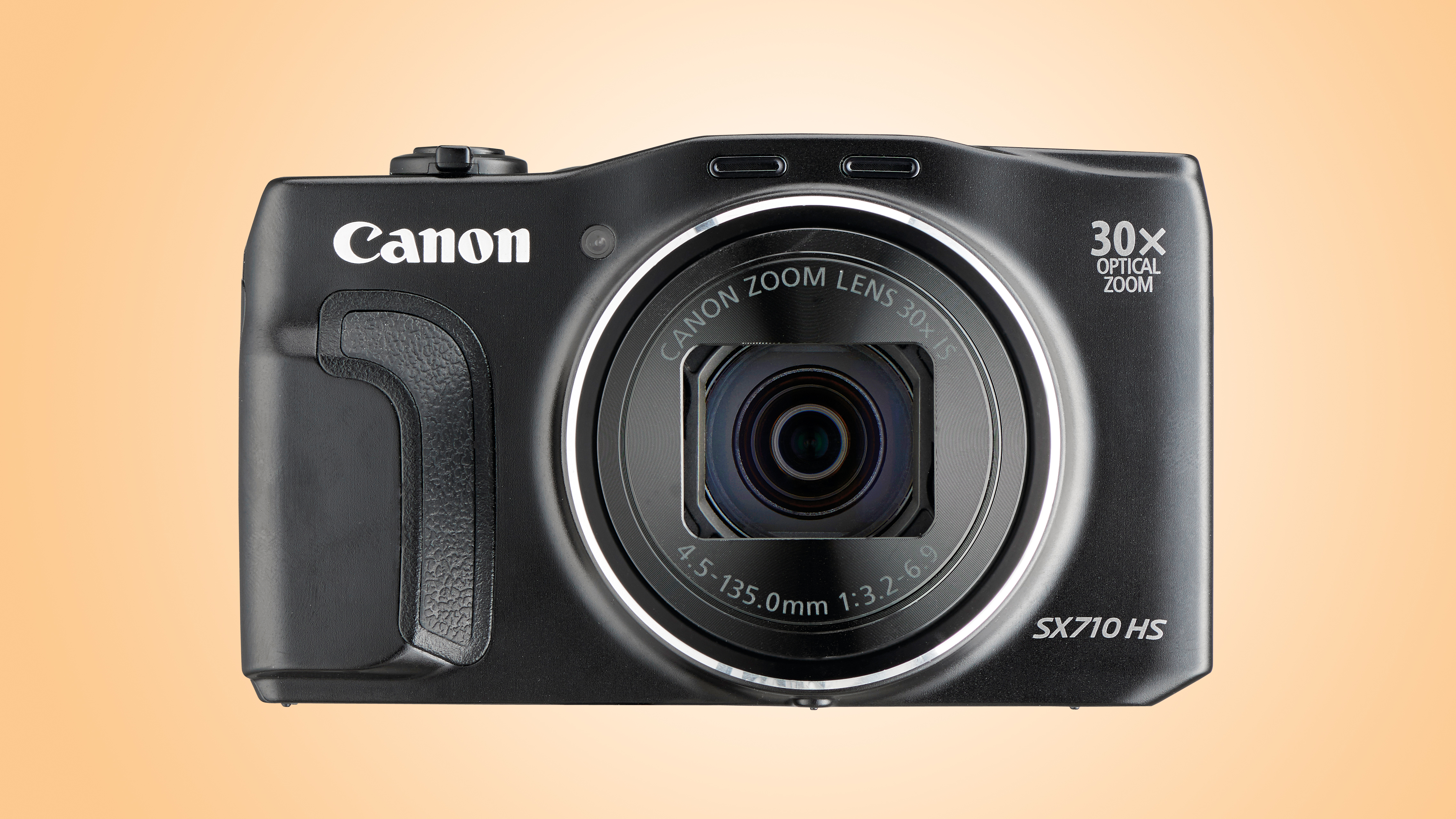
The Canon PowerShot SX710 HS offers a 30x zoom, just like the Panasonic ZS50 / TZ70, and costs quite a bit less – but you don’t get raw format shooting or an electronic viewfinder. What you do get is 5-axis image stabilisation and a neat set of movie options, including Full HD at 60p for slow-motion playback and a Hybrid Auto mode that captures both stills and movies – you can then create a Story Highlights movie in-camera. The SX710 HS shoots movies just like other travel cameras, but takes them a whole lot further to make them an easy and fun way to capture your travels. Worth considering if you’re on a budget and going to be shooting just as many movies as stills.
Read the full review: Canon PowerShot SX710 HS
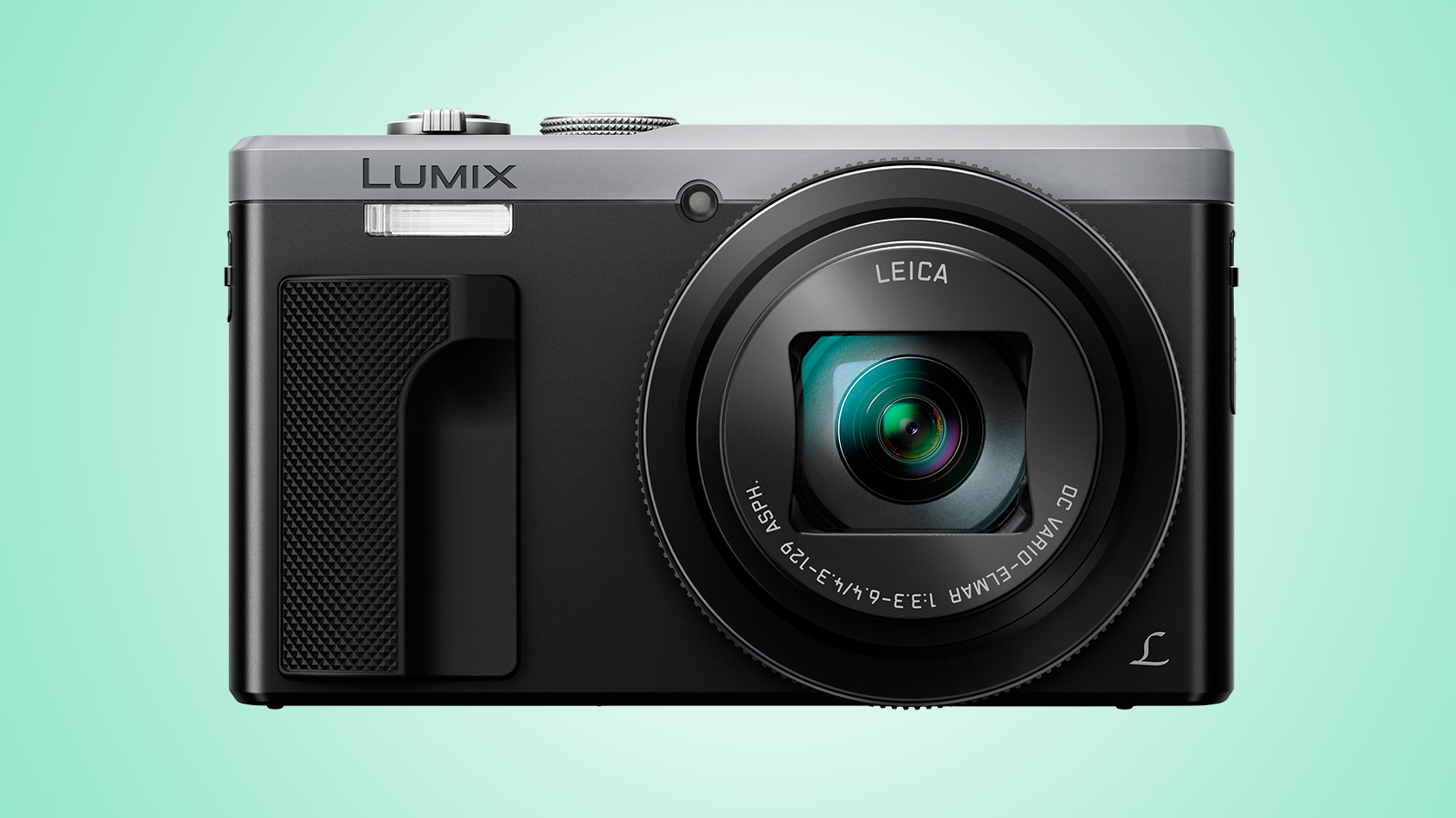
You might be wondering why the ZS60 (TZ80 outside the US) comes lower down our list than the camera it replaces, the ZS50 / TZ70. The answer’s simple – the jump from a resolution to 12MP to 18MP has seen image quality actually suffer in low light thanks to the increased pixel count. That said, there’s the welcome addition of 4K video capture and the return of a touchscreen interface. Unless these are deal-breakers though, save a bit of cash and get the ZS50 / TZ70.
Read the full review: Panasonic Lumix ZS60 / TZ80
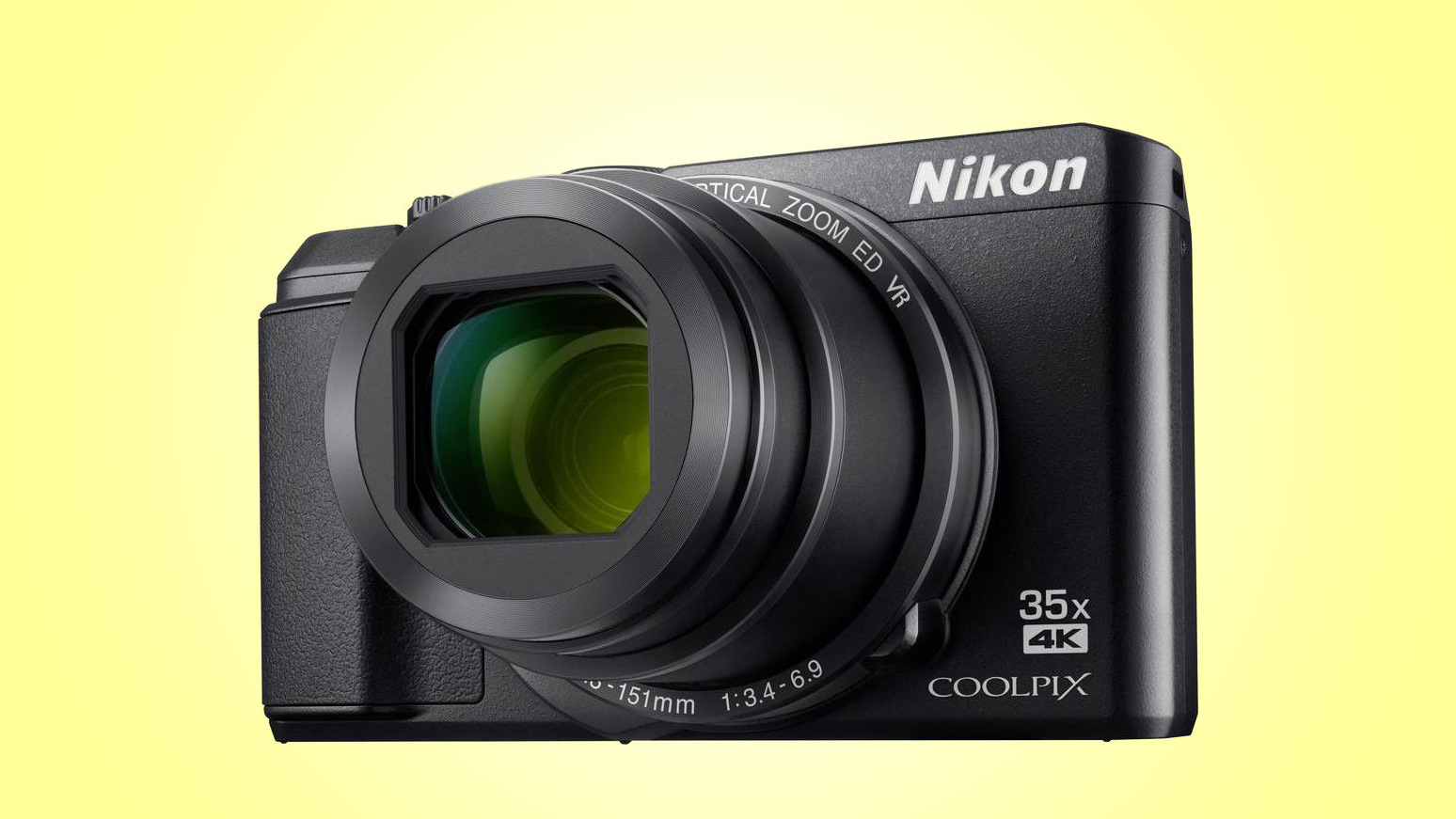
Looking a lot like the Coolpix S9900 that it replaces, there’s a lot packed into the A900 from Nikon. The combination of its slim build and 35x optical zoom range are the key attractions here with this travel zoom compact. Handling is good on the whole, and the tilt-angle screen is a nice touch, though there’s no built-in viewfinder. The Coolpix takes advantage of Nikon’s SnapBridge Wi-Fi system to transfer images and while the image quality from this camera isn’t the best here, but is solid none-the-less and on the whole is good value for money.